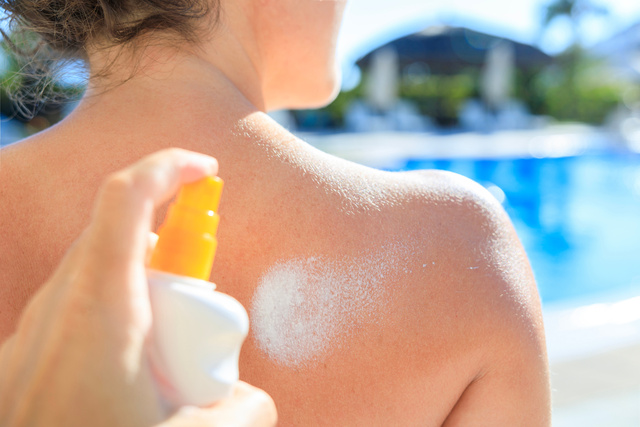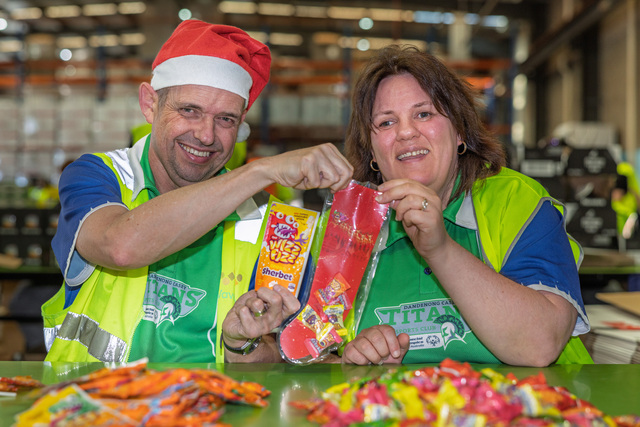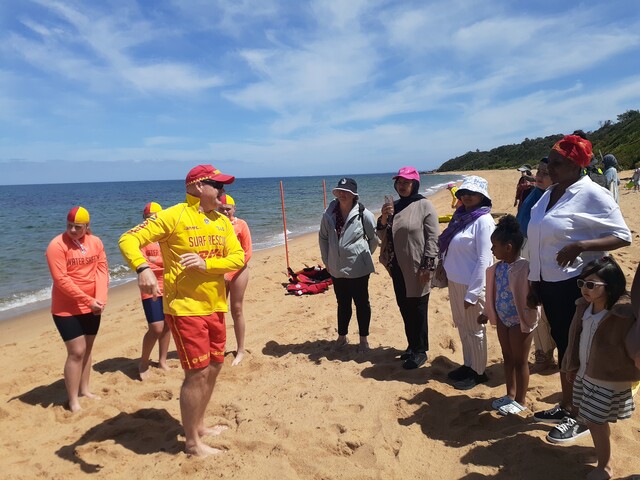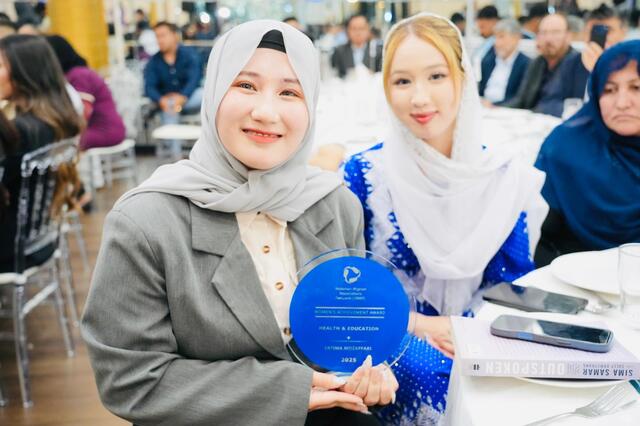By Victoria Stone-Meadows
A NEW report released by Victoria University shows sport participation in Casey is well below the state average.
The report was compiled by Associate Professor Rochelle Eime who analysed 2015 registration data from sports such as Australian football, basketball, bowls, cricket, golf, gymnastics, hockey, netball, football (soccer), sailing and tennis.
The results from the analysis showed that in Casey only 12.73 per cent of children and young adults in the region participated in a community sport group or club.
In more established rural areas of the state, the participation in sport rate is nearly 45 per cent for people in the same age bracket.
Ms Eime said there was a lack of sporting facilities in newly established and high population growth area that had contributed to this decline in sport participation.
“There are two main things that stop people in these areas from participating in sports,” she said.
“In newly-built areas, everyone is new and the shared history and formation of the community is absent.
“Secondly, we need people to build the facilities for them because clubs are built by volunteers and people need to be connected.”
Ms Eime said her research reflected the disconnected nature of rapidly growing suburbs and the need for infrastructure like sporting grounds to help bring communities together.
“If you are just buying or building a house, you aren’t connected yet and that takes time,” she says.
“The provision of facilities is really important when planning the new buildings because once developers buy land and subdivide for housing, it’s very expensive to buy it back.”
According to the Victorian Department of Health and Human Services, there are many benefits of sporting precincts, clubs and groups.
“Sport and recreation plays an important part in the lives of individual Victorians and helps shape community identity,” the department’s website says.
“Sport and recreation opportunities provide settings for social interaction, sharing common interests and enhancing a sense of community.”
Ms Eime says governments have a responsibility to ensure there is fair access to sporting facilities for all communities.
“We need to make sure there are clubs and programs available and there are appropriate facilities and recreation spaces available and look at organisations to promote access to them.”
“We also need to look at legislative requirements in terms of land availability.”







